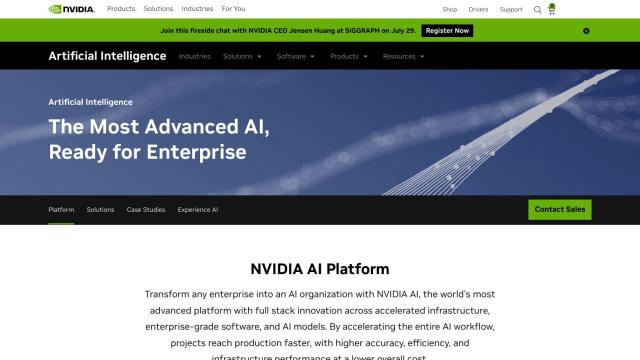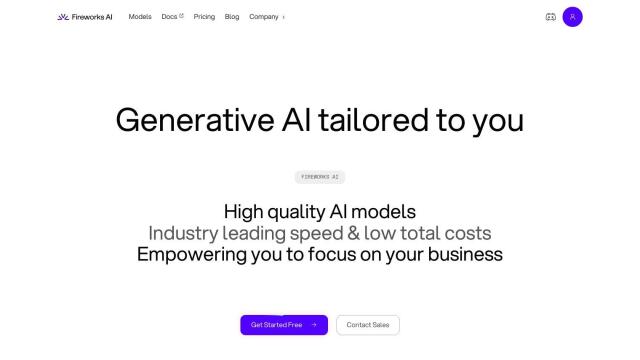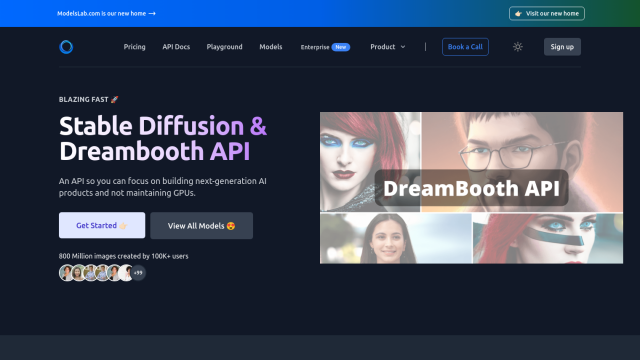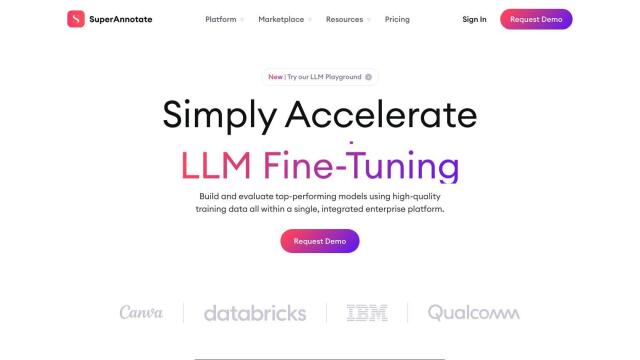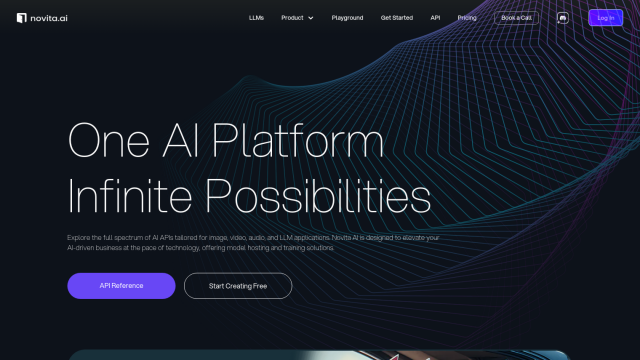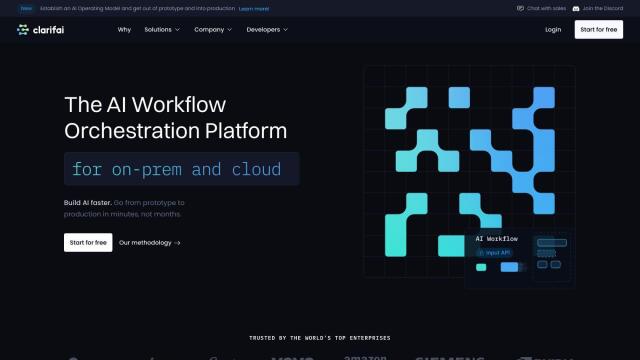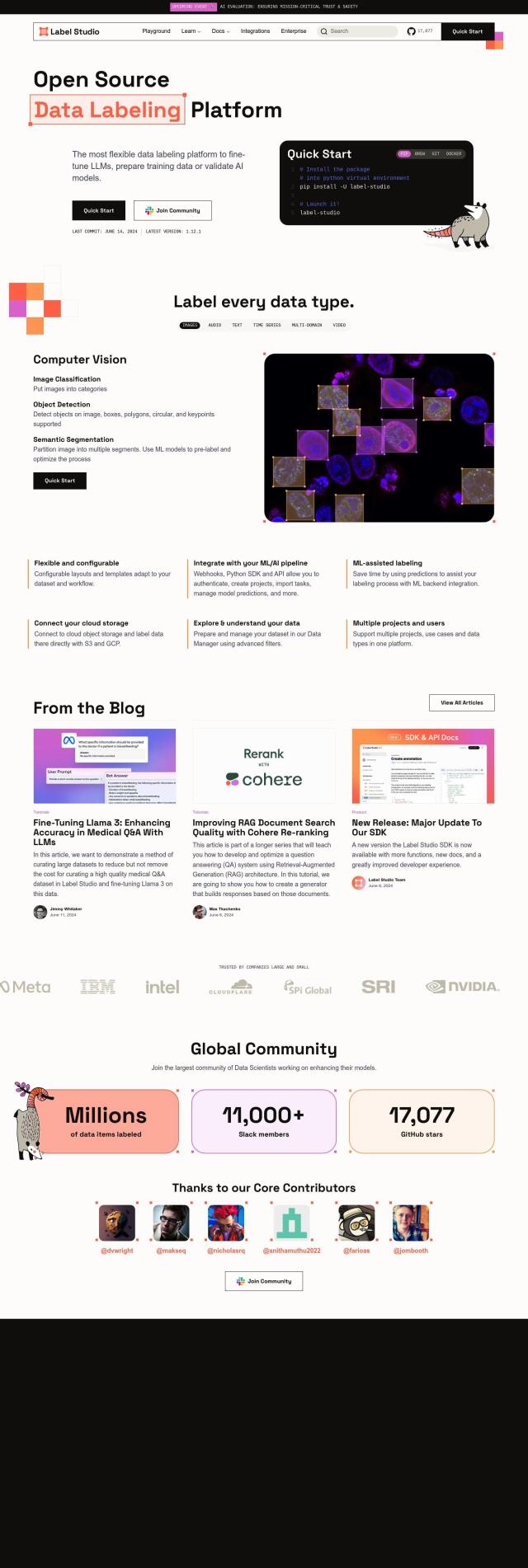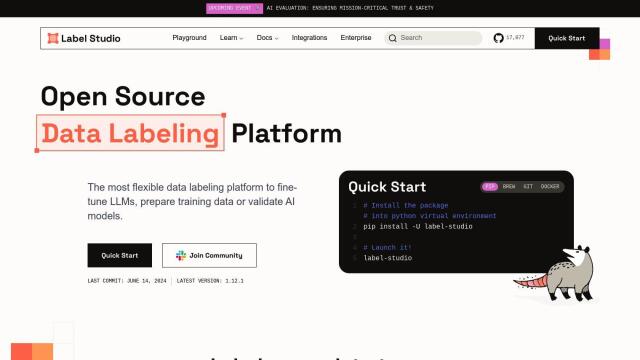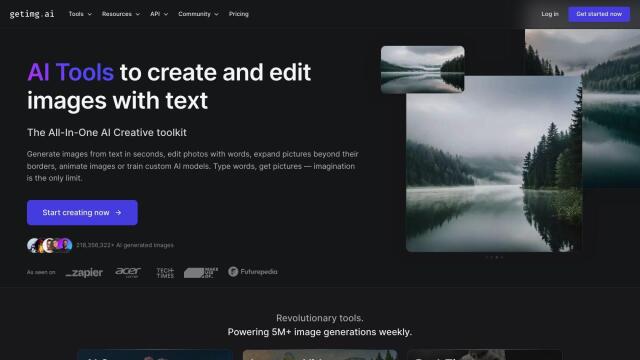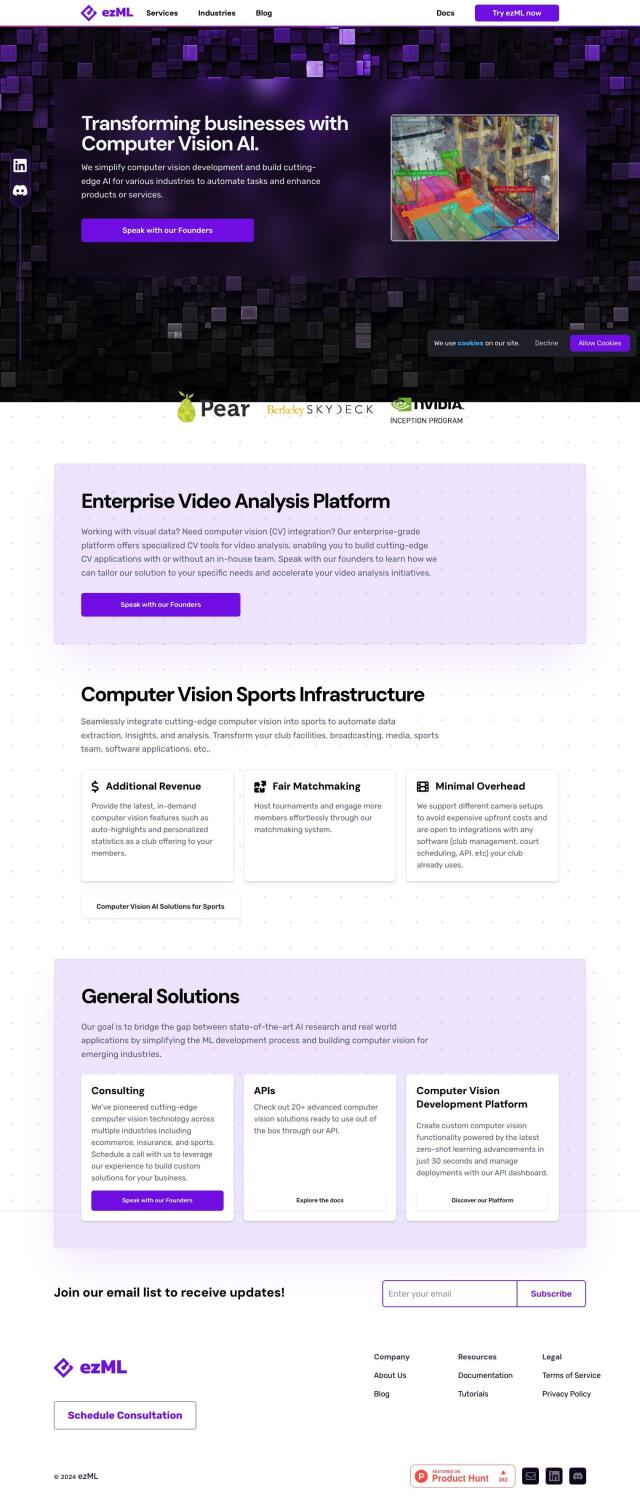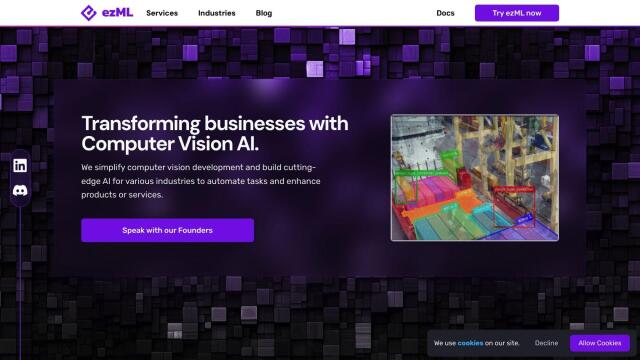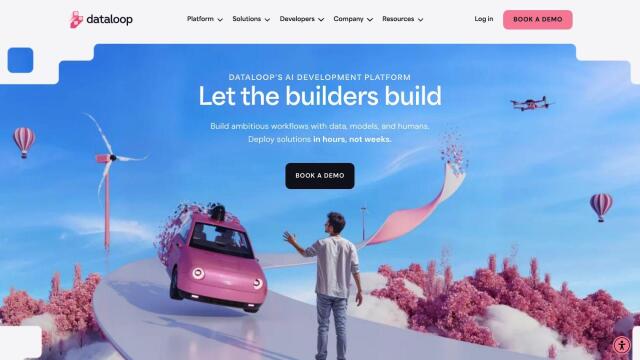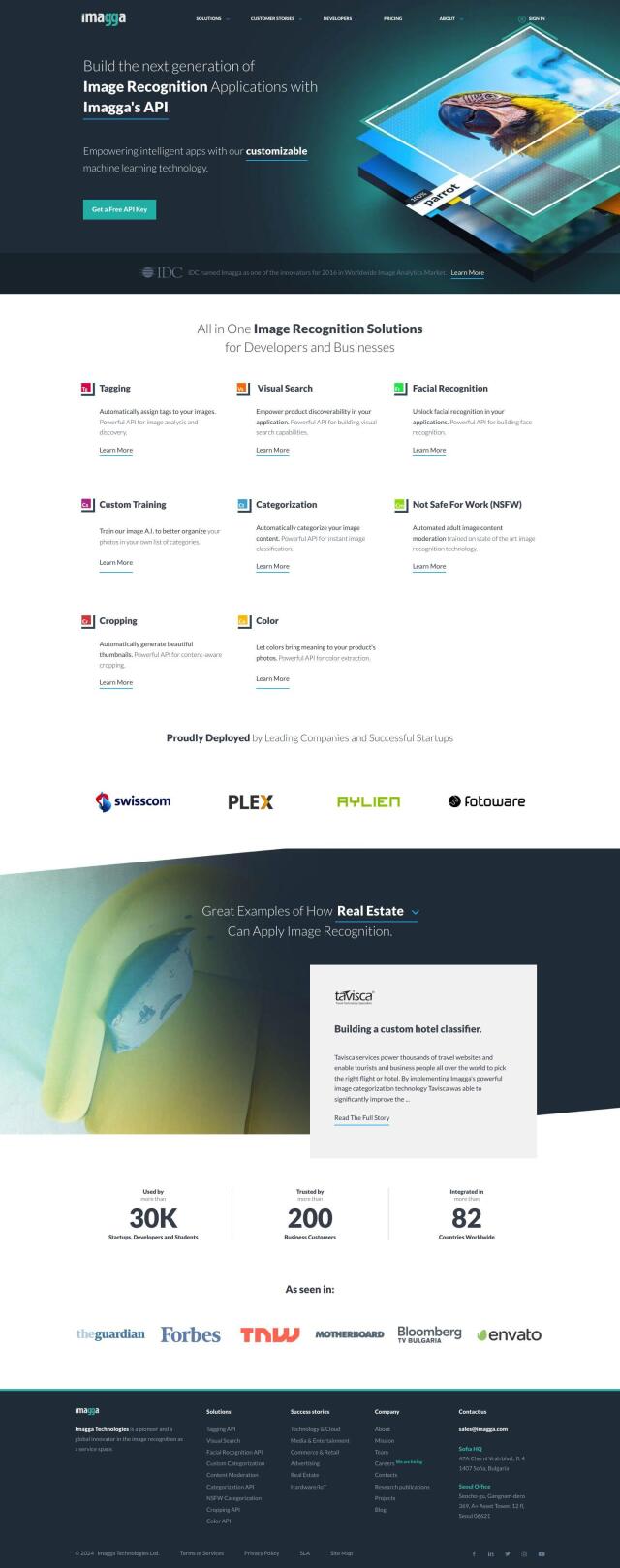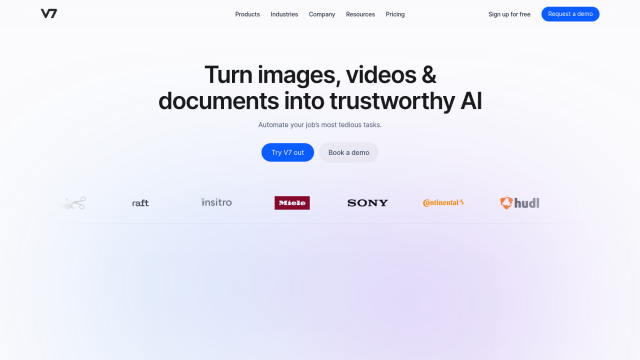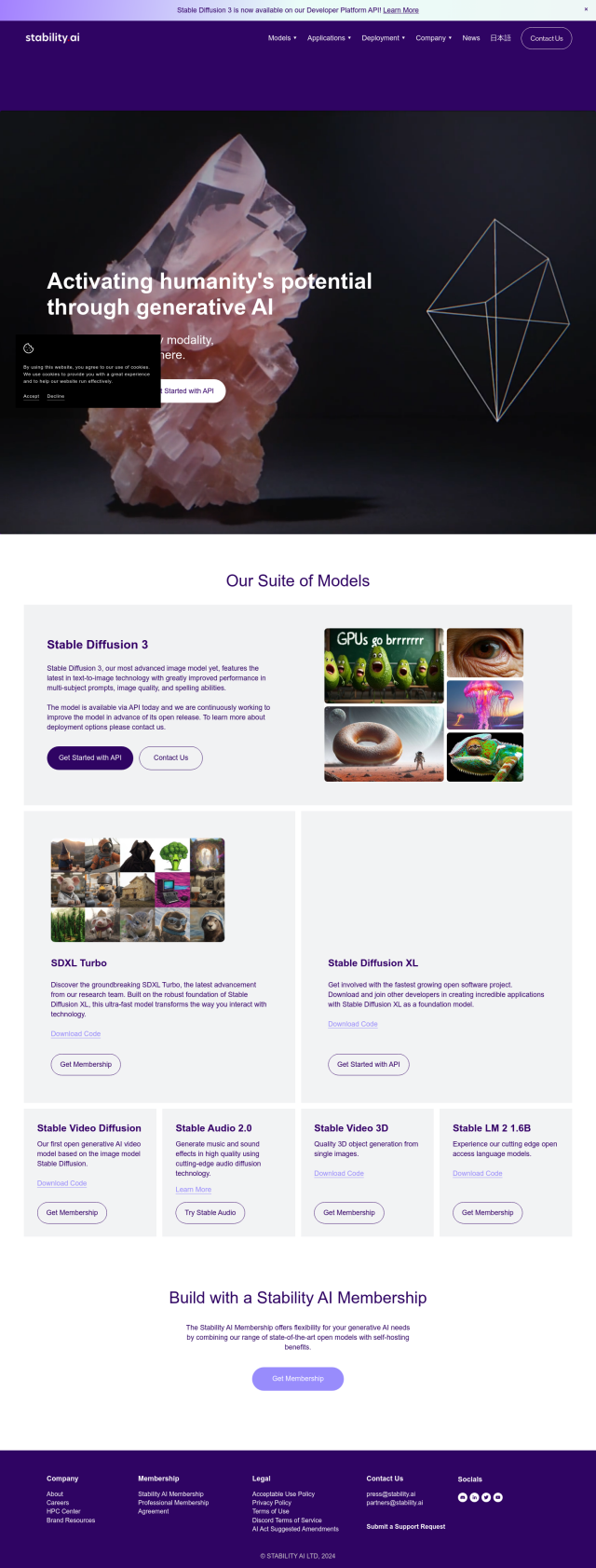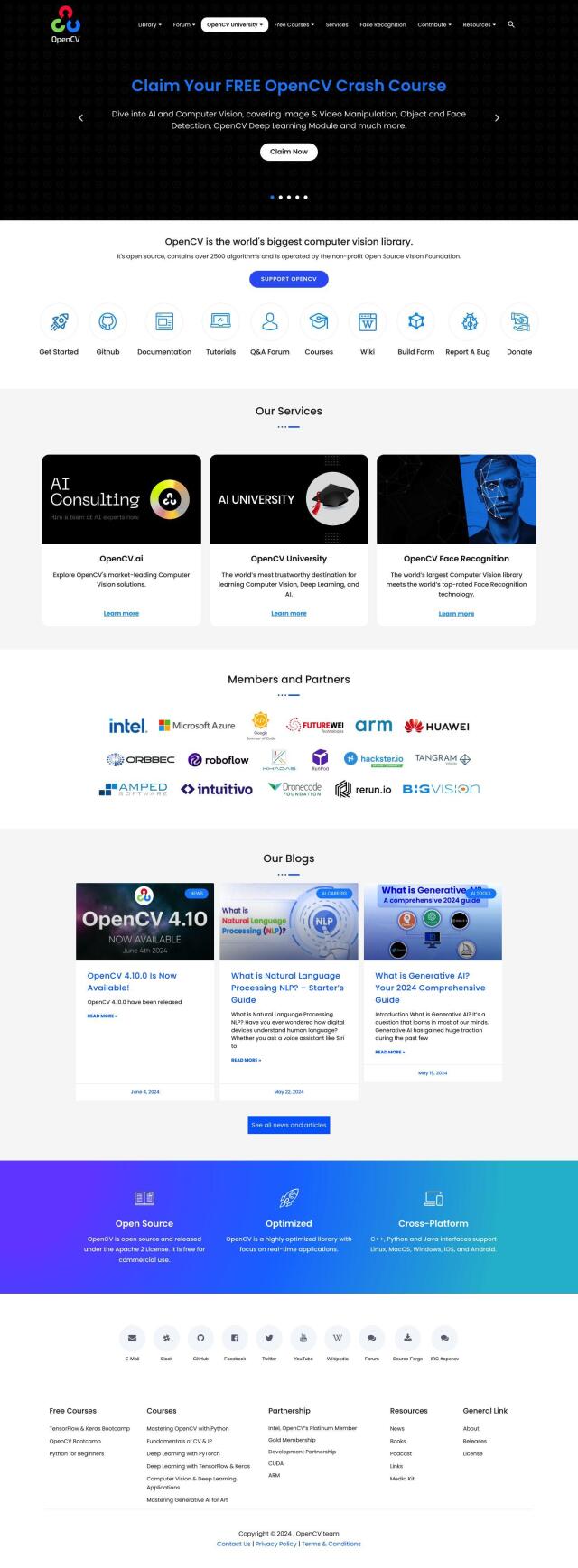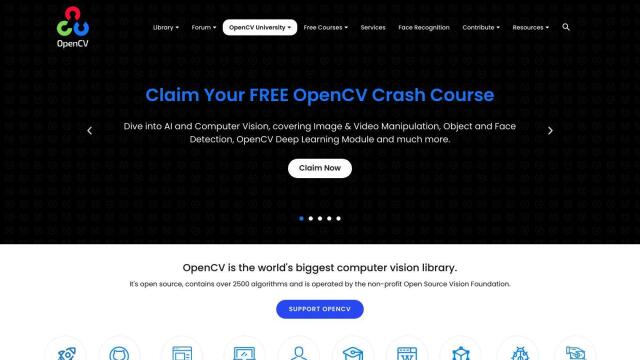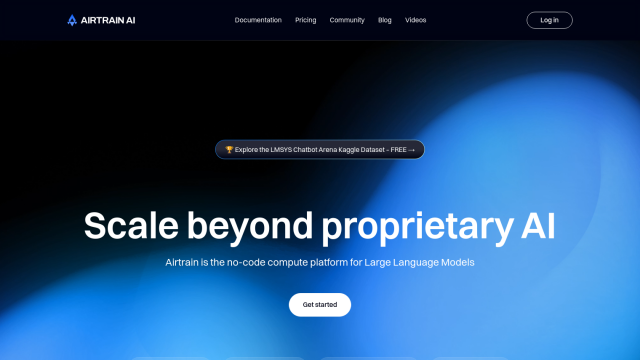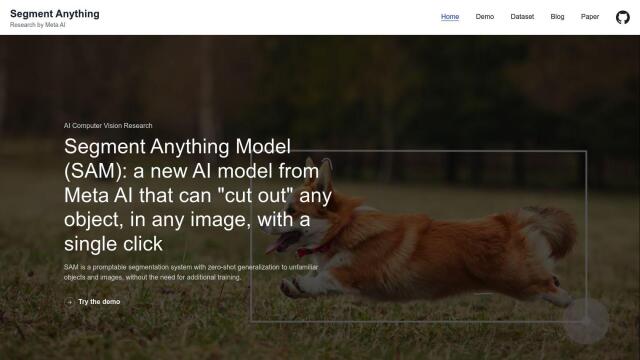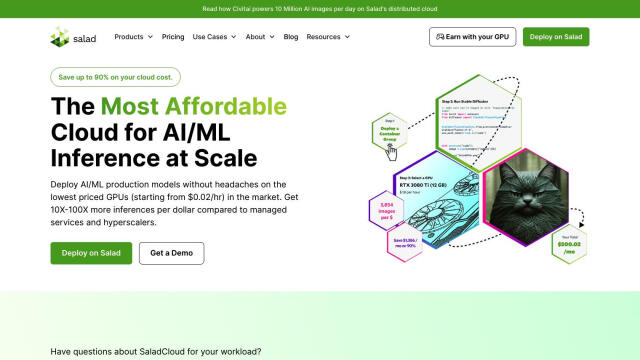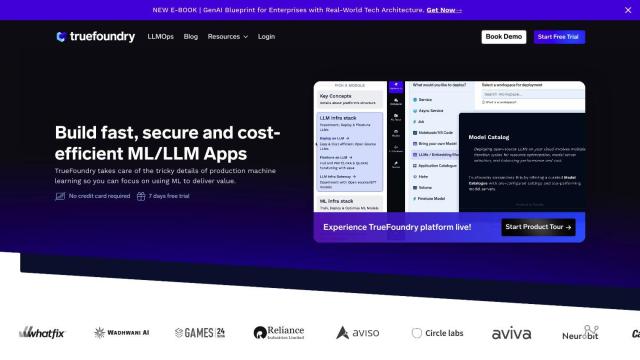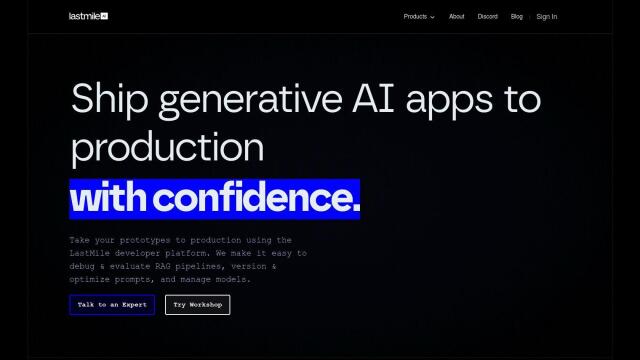Question: Can you suggest a software that allows me to customize and train my own image classification models for better accuracy?

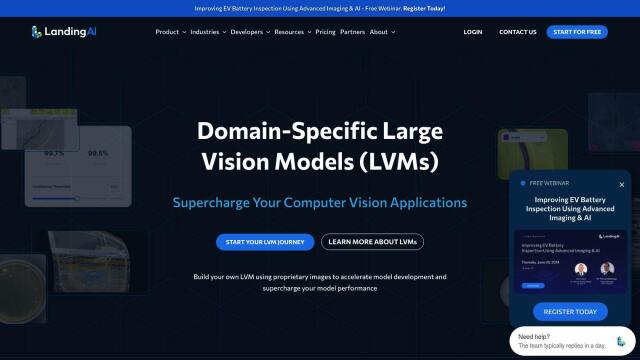
LandingLens
If you want to build and train your own image classification models for the best results, LandingLens is a powerful choice. The cloud-based computer vision software foundation lets you build and train your own domain-specific Large Vision Models (LVMs) with your own imagery. It's got tools like automated mislabeled image detection, collaborative labeling and continuous learning to help you get better results and speed up development. With deployment options including cloud, edge and Docker, LandingLens can be used in a variety of situations.

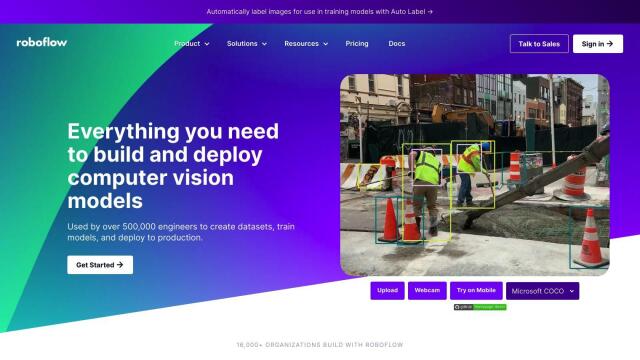
Roboflow
Another top contender is Roboflow, an all-in-one platform for training and deploying computer vision models. It's got automated annotation tools, AI-assisted labeling and pre-trained models. You can curate visual data with filtering, tagging and semantic search, then deploy models at scale in edge and cloud environments. Roboflow can be integrated with popular frameworks like TensorFlow and PyTorch, and with a variety of cloud services and edge devices, so it's good for developers and enterprises.

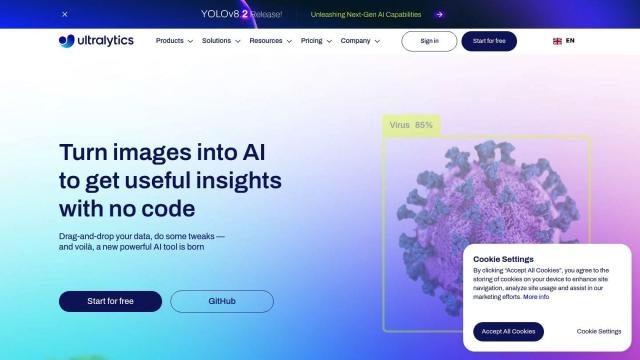
Ultralytics
If you're looking for a no-code option, Ultralytics is a full-stack vision AI platform that lets you build powerful AI models without a lot of programming. It can run on mobile devices and comes with features like real-time object detection with Ultralytics YOLO, so it's accessible to a broader audience. With pre-built templates and the ability to train models rapidly, Ultralytics is a good choice for startups and enterprises that need to get accurate AI models up and running quickly.

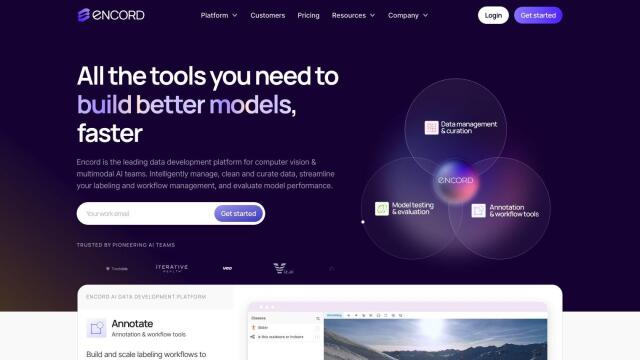
Encord
Encord offers a data development platform for building predictive and generative computer vision applications. It's got tools for ingesting, cleaning and labeling data and for evaluating model performance. With tools like Annotate for automated labeling and Active for performance monitoring, Encord ensures you've got high-quality training data and better model performance. It also offers integration with a variety of storage and MLOps tools, so it's a good choice for teams with multiple AI projects.

